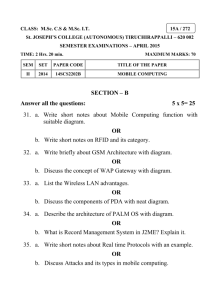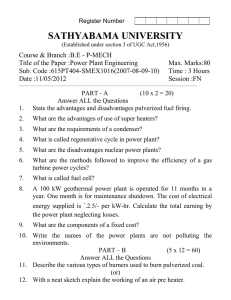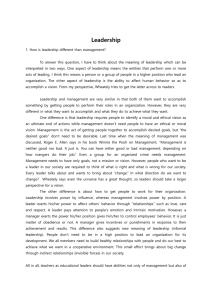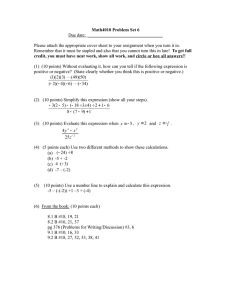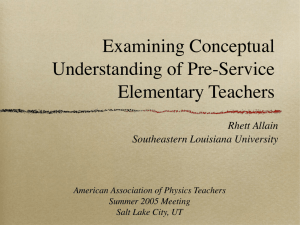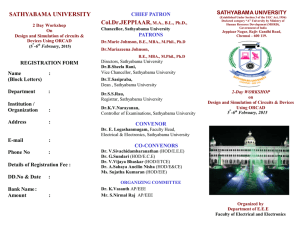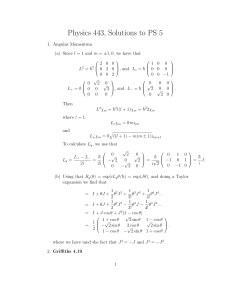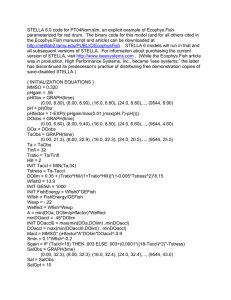SATHYABAMA UNIVERSITY
advertisement
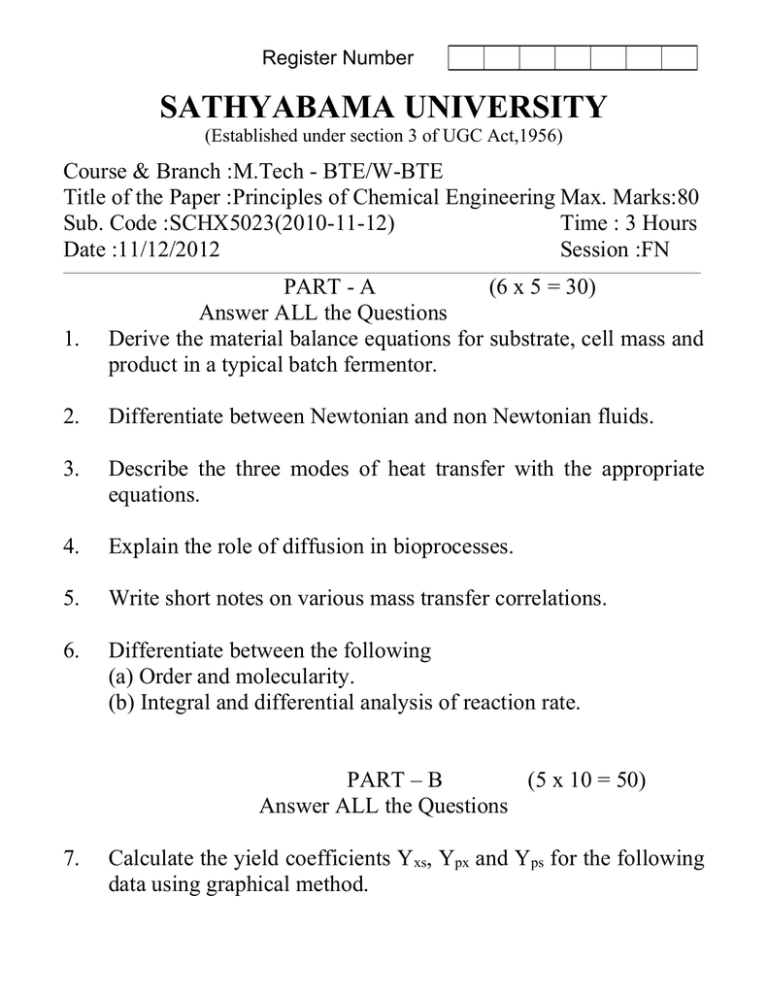
Register Number SATHYABAMA UNIVERSITY (Established under section 3 of UGC Act,1956) Course & Branch :M.Tech - BTE/W-BTE Title of the Paper :Principles of Chemical Engineering Max. Marks:80 Sub. Code :SCHX5023(2010-11-12) Time : 3 Hours Date :11/12/2012 Session :FN _______________________________________________________________________________________________________________________________ 1. PART - A (6 x 5 = 30) Answer ALL the Questions Derive the material balance equations for substrate, cell mass and product in a typical batch fermentor. 2. Differentiate between Newtonian and non Newtonian fluids. 3. Describe the three modes of heat transfer with the appropriate equations. 4. Explain the role of diffusion in bioprocesses. 5. Write short notes on various mass transfer correlations. 6. Differentiate between the following (a) Order and molecularity. (b) Integral and differential analysis of reaction rate. PART – B (5 x 10 = 50) Answer ALL the Questions 7. Calculate the yield coefficients Yxs, Ypx and Yps for the following data using graphical method. Time (h) 0 0.2 0.4 0.6 0.8 1.0 1.2 1.4 1.6 1.8 Substrate concentration (g/l) 4 3.605 3.1576 2.6951 2.1119 1.5209 0.8982 0.2903 0.0035 0 Microbial concentration (g/l) 1 1.1472 1.2938 1.4397 1.5844 1.7272 1.8659 1.9919 2.0487 2.0494 Product concentration (g/l) 0 0.079 0.1685 0.2682 0.3376 0.4958 0.6204 0.7419 0.7933 0.8 (or) 8. Write in detail about (a) Product formation stoichiometry (b) Energy balance in bioprocess systems. 9. Discuss the scope of rheology in fermentation broths. (or) 10. Write short notes on (a) Mixing equipment (b) Scale up methods. 11. With a neat sketch explain the working of a shell and tube heat exchanger. (or) 12. Write short notes on (a) Heat transfer coefficient (3) (b) Fouling factor. (3) (c) Thermal boundary layer. (4) 13. Describe with a neat diagram the steps involved in transport of oxygen from a gas bubble to inside a cell. (or) 14. Derive the equation to determine the oxygen transfer rate for gas liquid reactions. 15. Determine the rate constant and order for the following kinetic data using differential and integral analysis. Time (min) 0 Concentration(mg/l) 100 2 98 (or) 16. Write short notes on (a) Reaction thermodynamics (b) Ideal reactors. 4 89 6 72 10 60 16 42 32 28 40 10
